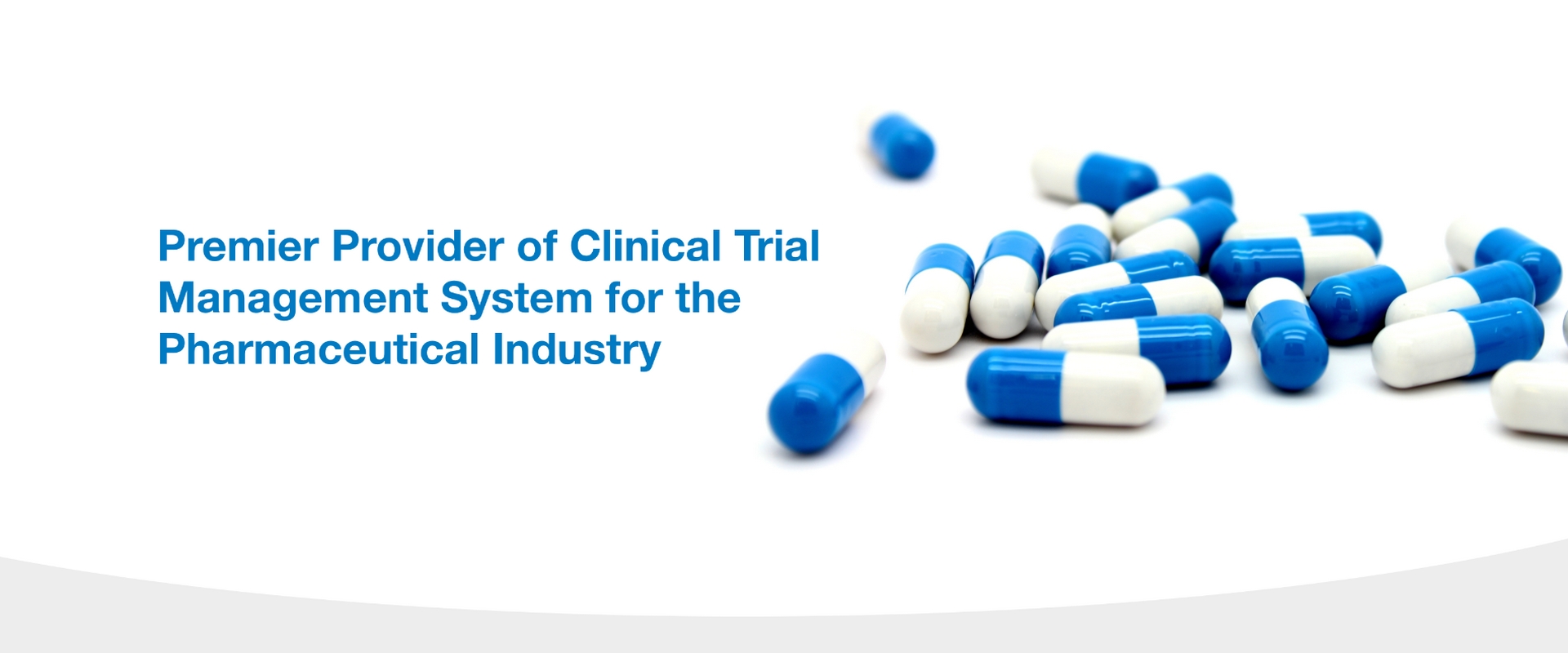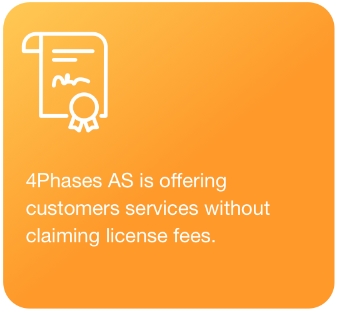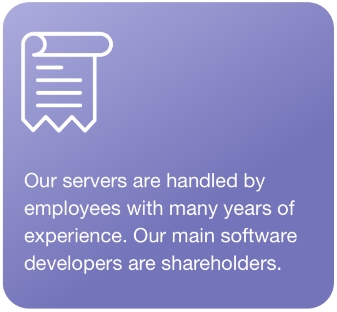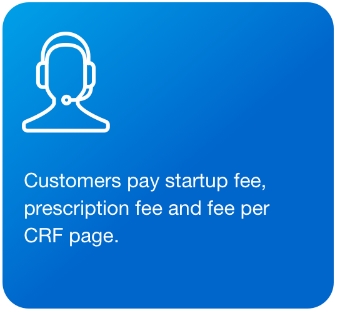About Us
4PHASES AS, based in Oslo, Norway owns the CALITAV3.0 Web-based real-time software, which consists of 23 integrated modules covering all functions needed from producer to patient in clinical trials.
CALITA V3.0 is a game-changing and unique product in the marketplace today.
This software was originally developed by Life Science Applications, IBM, AstraZeneca, LAB France, Yamanlouchi& Calita, and was bought by 4Phases AS in November 2016.
Development time for new medications today is a minimum of 13 years. Patent protection of a medication only lasts 20 years, beginning from the time of invention, not from the time it makes it to the market. This leaves a very small window of profit realization before the patent runs out. Users of CALITA V3.0 are expected to cut development time by more than 3 years and bring new medications to market with many more years of profit realization.



























